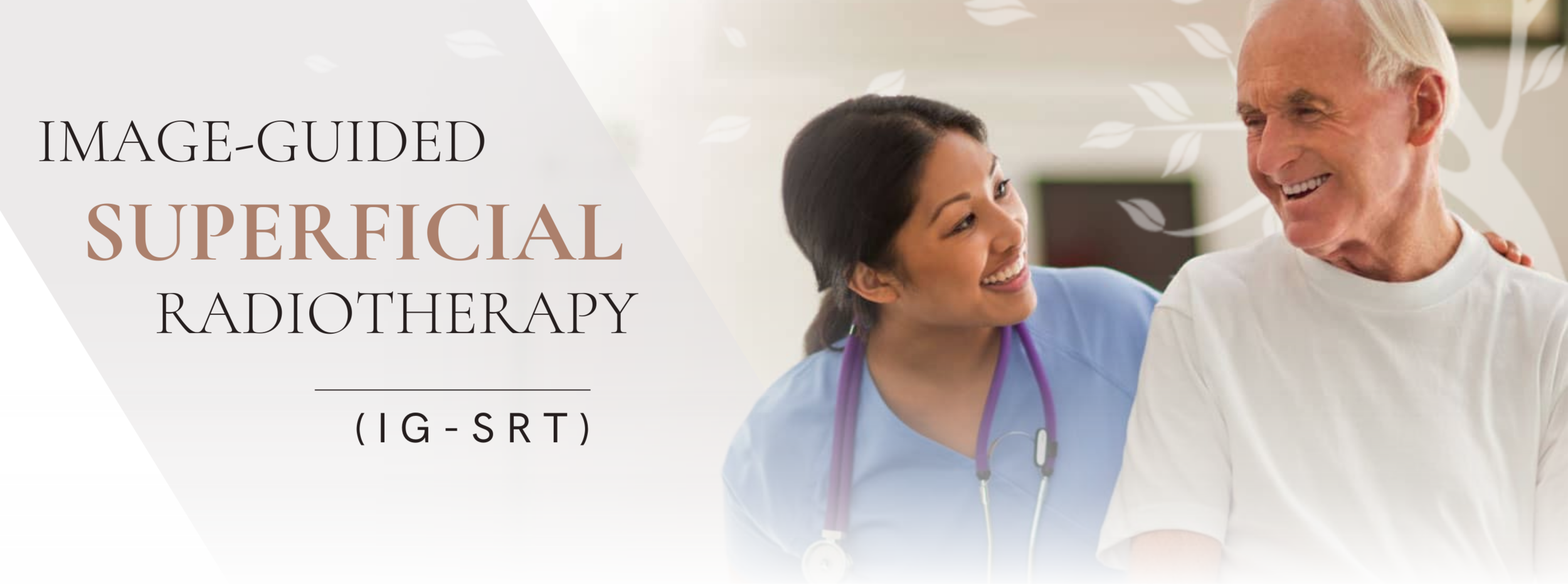A NON-SURGICAL SKIN CANCER TREATMENT
Jeffrey Sassmannshausen, MD
You have been diagnosed with a basal cell or squamous cell skin cancer. While there are many options for treating these types of cancers, we may recommend the only treatment that does not require surgery. With that comes a 99% cure rate with little to no scar, no pain, no stitches, and minimal side effects.
Image guided superficial radiotherapy (IG-SRT) uses very low level, very focused radiation to destroy skin cancers. It is a very targeted treatment which uses an ultrasound device to visualize the cancer, measure the tumor, and follow the progress during the treatment course. Using this method adds to the high cure rates and lessens the need to treat the skin beyond where the cancer is located.
Prior to beginning the IG-SRT treatments, we will contact your insurance company and get the prior authorization to administer this non-surgical treatment. In addition, they will look at your insurance benefits and be able to determine what your costs (deductible, copay, etc.) will be to treat your cancer.
After the initial set up, called a simulation, you will get 20 treatments. The visits will be short and you will not have any serious side effects. Treatments can be given 3-5 days a week. You will be seeing our Radiation Therapy Technologist (RTT) at each visit and a provider every 5 visits.
What should you expect during your visits? At the initial visit with the RTT, you will have the opportunity to ask questions and see the device that will be used to treat your cancer. The cancer will be imaged with the ultrasound device. This will identify the size and depth of the cancer. The treatment area will be marked. After finding a comfortable position, a lead shield will be strategically formed and placed over the cancer, and the machine will be placed over the cancer. You will be completely shielded from any radiation. Then, just like that, without any pain, the treatment is over. You may have some redness and mild swelling over the cancer. This is normal during the treatment. Once the cancer is gone, the redness fades.
We are excited to be able to offer this exciting option for treating non-melanoma skin cancers. Surgery does a great job and for many patients is the best option. There are those cancers, however, where surgery could cause unneeded pain, significant scarring, loss of body parts (ears for example), need for reconstruction, or slow-healing wounds. Dr. Sassmannshausen or one of his PA’s would only recommend this option if they felt it was the best option for treatment.
If you have any questions, visit GentleCure.com or call the office at 260-436-9696.


